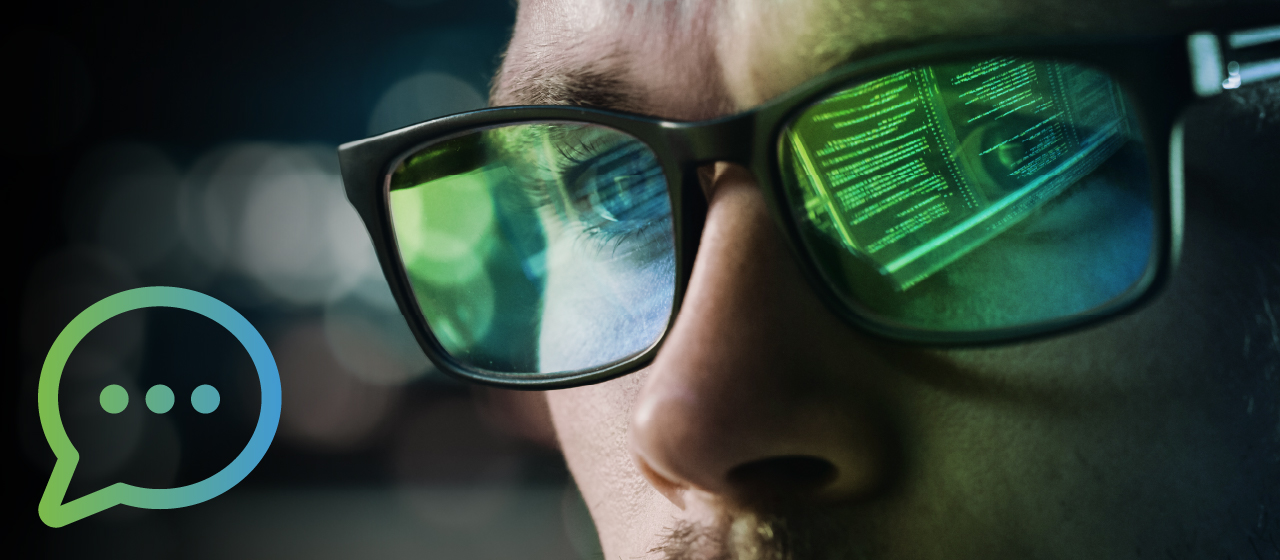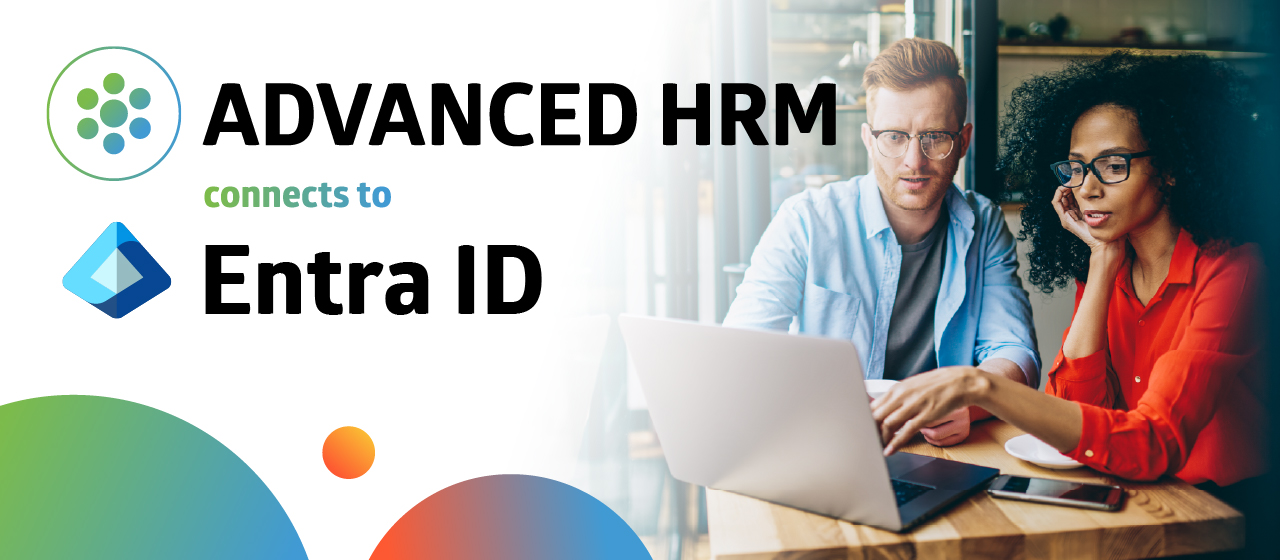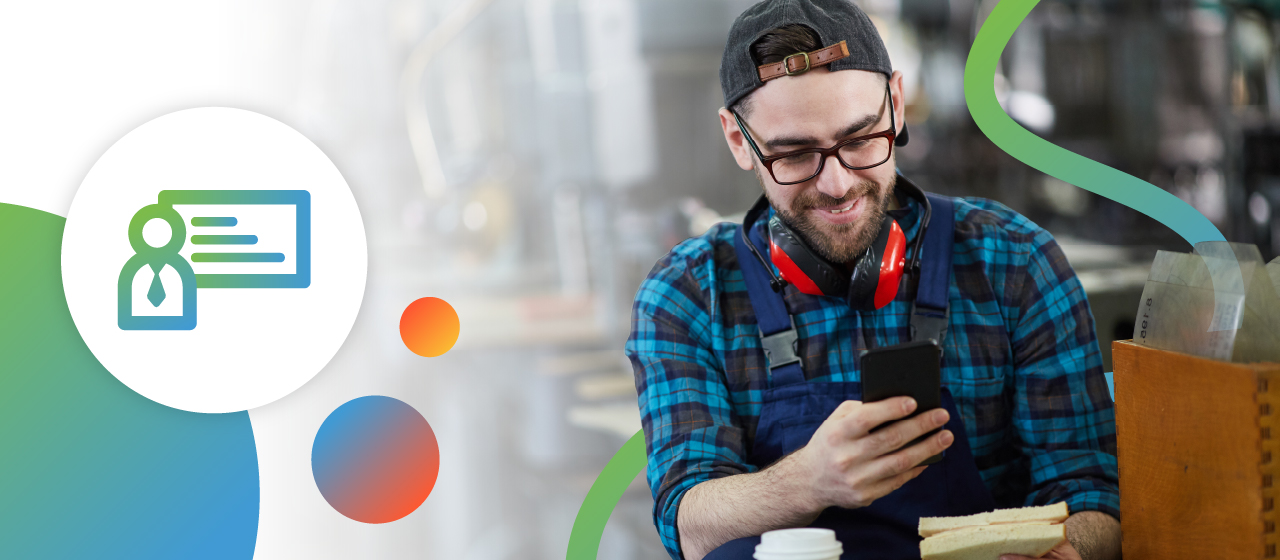Technology has become such an integral part of HR that we can hardly imagine what our work days would look like without it. It’s hard to believe that tasks like payroll and workforce planning were all performed by hand until the 1980s. Today, HR is on the verge of a new technological shift: the AI revolution. Here’s a look at where we are, and what’s next for HR in the age of AI.
What does the rise of AI mean for HR?
Artificial intelligence has attracted lots of attention since Microsoft partner OpenAI launched its game-changing chatbot, ChatGPT, in November 2022. Since then, Microsoft has expanded its partnership with OpenAI and is already integrating its large language models (LLM) into new software solutions like Azure OpenAI Service.
Technologies like these are already capable of performing many tasks that used to be the domain of humans only. These include tasks like:
- Structuring data into logical sequences (creating step-by-step plans, for example)
- Answering complex questions based on information contained in very large datasets
- Analyzing data to reach conclusions and make recommendations
- Reading documents and capturing relevant information
As technology continues to advance, many HR professionals are asking themselves: will a chatbot soon be coming to steal my job?
The short answer is: not any time soon. However, HR teams who adopt AI solutions now will have a key advantage over those who don’t.
Here are 6 key tasks that AI can make much easier for your HR team.
1. Creating job descriptions
Creating accurate, effective job descriptions is essential for attracting the right talent to your organization. In the past, HR would have to perform research, interview managers and write a job description from start to finish—a time-consuming task.
The major benefit of AI for HR is that it speeds up lengthy tasks like these. Now, instead of having to go through the entire process described above, HR can simply use an AI chatbot like ChatGPT to create a detailed job description.
To get the best results, type in a detailed prompt. Be sure to include some basic information about the job description you’re creating; for example, the job title, your industry and the job location.
Based on your prompt, an AI chatbot can create a solid first draft of your job description, saving you lots of time and hassle. All you have to do is edit the AI’s draft and make sure all the information it contains is accurate.
2. Pre-screening job applicants and vacancies
Did you know that it takes an average HR team 30 hours to recruit and hire a single employee? Speeding up time-consuming yet important tasks like these can result in major benefits for HR teams. Fortunately, AI can help here too.
AI tools already available on the market can automatically analyze incoming job applications and pre-screen them, so HR never has to spend time reviewing documents from unqualified candidates. The AI tool does the reading for you.
In the past, HR teams would spend hours creating detailed spreadsheets, entering candidate information and qualifications, so they could make qualified candidates easier to find. Now, AI tools do that for you. Simply type in which kind of candidate you’re looking for, and the AI tool presents you with a list of strong matches for the job. Alternatively, candidates can fill out a quick online application form and submit their CV, and your AI tooling automatically provides them a list of vacancies that match their qualifications.
3. Answering employee queries
Interacting directly with employees is a fun part of the job for most HR team members. Yet it becomes stressful when it starts cutting into other activities. The average HR team member spends 12% of their working hours just responding to employee queries: for example, questions about your company’s policies on lease cars, paid leave or travel expenses.
With an AI chatbot, your team can greatly reduce the amount questions to answer. New AI chatbots for HR, like the ones built on Azure Cognitive Services, let you simply upload documents containing your company’s policies. The AI chatbot instantly understands the contents of these documents and can answer any question your employee types in.
4. Monitoring employee engagement
Do you ever use surveys to get a clearer view of employee satisfaction? Now, you can ask an AI tool to analyze your survey results and choose the topics that require attention and action.
In the past, employee surveys were usually quite basic: you might ask an employee to rate how your company is doing in key areas on a scale of 1 to 5. However, AI actually works better when it has even more data to work with. So, with AI-driven surveys, the more information the employee wants to give, the better. This makes it easier for employees to really speak their mind.
Best of all: AI instantly identifies the key takeaways from your survey, so your team never overlooks an important topic that’s on employees’ minds.
5. Performance management and succession planning
AI can even help monitor employee performance. New AI tools for HR can collect relevant information from text, such as meeting notes or job appraisal reports. They recognize trends in the data and even formulate recommendations. For example, AI can detect if an employee may be at risk of burnout due to being overworked in an area that they may not be trained to work in. Your AI-driven performance management app can recommend additional training or alternative tasks that better suit the employee.
At the same time, AI helps you with succession planning by recognizing trends in employees’ development. It can identify which employees continually outperform their targets or acquire new skills faster, for example. This helps you spot high-potential employees early, so you can invest more attention in retaining them.
6. Onboarding
Lastly, AI can help streamline your onboarding process. New AI-driven learning and development tools incorporate smart chatbots that give employees a more interactive way of accessing information. Instead of offering a one-size-fits-all onboarding, they let employees learn and ask questions in the way that suits them best.
This provides new employees with a personalized onboarding experience, which is linked to higher learner engagement and better outcomes.
Making HR smarter—and more human!
With all these possible benefits, it’s easy to understand why leading HR teams are embracing AI right now instead of running away from it. In fact, 77% of companies say they are either already using AI for HR or considering getting started in the year ahead.
New AI tools are becoming more accessible than ever for HR. The new Microsoft 365 Copilot assistant is a great example. As a Microsoft Gold Partner, FourVision is also introducing innovative AI features and tools into our wide range of Web Apps that help HR get the most benefit out of working with Microsoft Dynamics.
As more and more AI tools become available, HR will start to reap the benefits. By eliminating time-consuming manual tasks, AI gives your HR team more time and energy to devote to high-value, creative and strategic tasks — exactly the tasks where human talent will always matter most.




